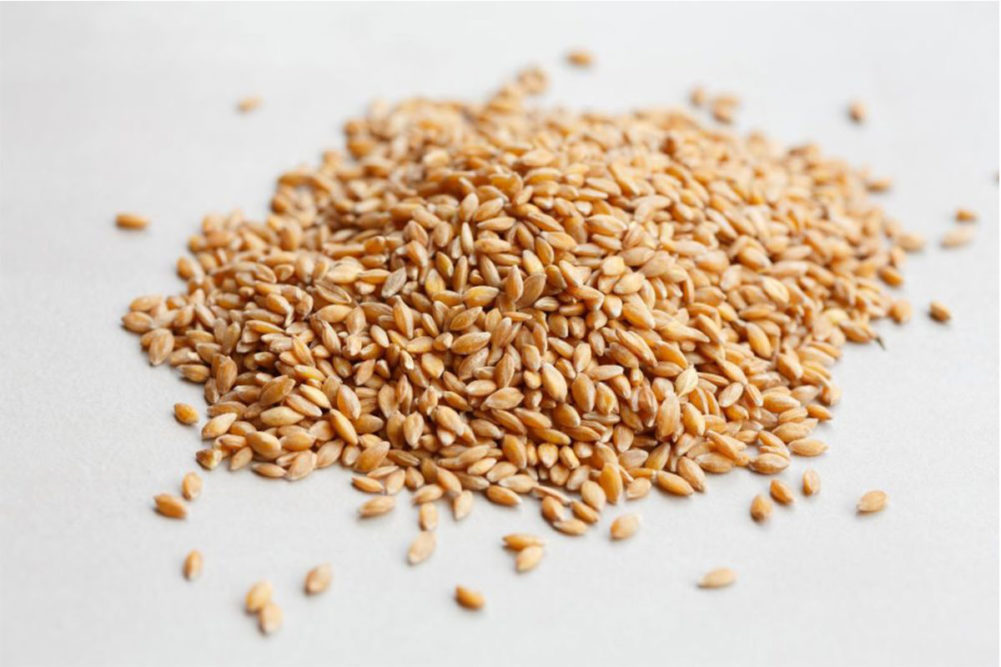COLLEGE PARK, MD. — Researchers have sequenced the complete genome for einkorn wheat, the world’s first domesticated crop, a breakthrough that will help identify genetic traits like tolerance to diseases, drought and heat that can be reintroduced to modern wheat.
“The most exciting thing about having this genome sequenced is that einkorn is truly a model species that we can use for research, not only as a reference for bread wheat, but other small grains like rye, barley and oats,” said Adam Schoen, a co-first author of the paper and a PhD student working under professor Vijay Tiwari in the Department of Plant Science and Landscape Architecture at the University of Maryland.
The international team of researchers was led by University of Maryland (UMD) scientists. The findings were published Aug. 2 in the journal Nature.
Einkorn was farmed as early as 12,000 years ago, but as agriculture spread around the world, people replaced it with bread wheat, which they selectively cultivated for traits like large grain size and easy threshing. Over centuries of cultivation, bread wheat lost its natural resistance to drought, heat and pests.
Einkorn has not undergone intense selective breeding, so it still has many of its resilient properties. Additionally, both wild and domesticated varieties of einkorn still exist.
Mr. Tiwari is leading a large-scale breeding program that aims to reintroduce resilience genes into bread wheat and is using einkorn to help.
By comparing the einkorn genome with the genome of bread wheat, which was sequenced in 2018, researchers can now look for mismatches, narrowing the potential targets for genetic traits that differ between the ancient and modern grains. The new study sequenced both the domestic and wild variety of einkorn, identifying about 5 billion base pairs that combine to make up individual genes and placing them in the correct order.
Since completing the study, UMD researchers already have begun identifying economically important genes, like those for grain size, and selectively breeding them into bread wheat.
The reference genome also enables scientists to trace the evolutionary history of einkorn wheat, which provides insight into human history.
Another significant advance from the study was the speed with which researchers sequenced the entire einkorn reference genome. Although the bread wheat genome took more than a decade to sequence, the current study was completed in little more than a year. The researchers credit the collaboration of international experts in the wheat breeding consortium Mr. Tiwari leads.
“This is the first step,” Mr. Tiwari said. “We are not only breeding einkorn genes into bread wheat, but we now have a chance to improve einkorn to make it easier to grow and harvest, because it is healthier and more nutritious than bread wheat.”




